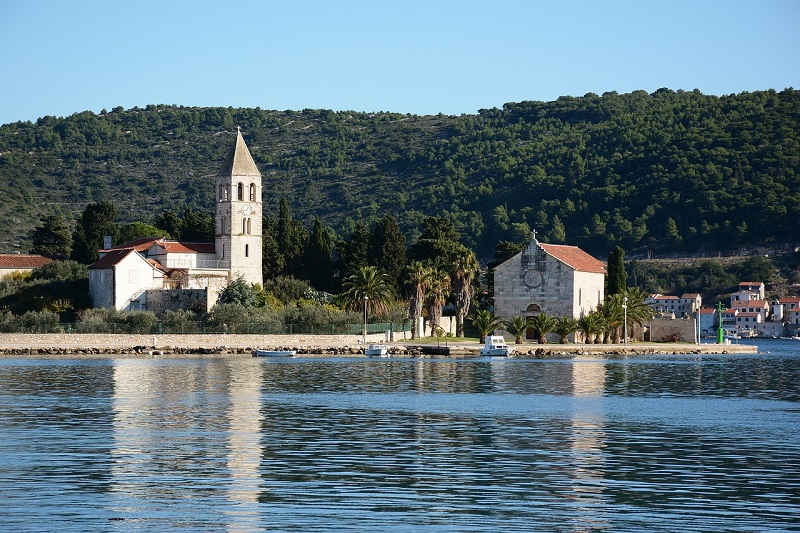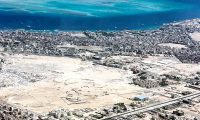The island of Vis is the most protruding Croatian island with an area of 90.30 km2. The channel of Hvar separates it from the island of Hvar, and the Biševo channel from the island of Biševo. It is approximately 60 miles away from the Italian coast.
The island has three mountains stretching across it, and between these mountains are karstic fields. Hum has the highest altitude (585 m), Sveti Duh (563 m), and Mali Hum (514 m). (See map of Vis).
The locals are into agriculture, fishing and tourism. The coasts of the island are sloped and separated. To the west of the island is the Komiza bay and to the north is the Vis harbor.
Table of Contents
History of the island of Vis
The first people settled in Vis in 3000 B.C. They were of Mediterranean background. In 2000 B.C. they were pushed aside by the Illyrians which formed their own government in the fifth and sixth century B.C.

The Sirakuski tyrant of Dimitrij the Elder in approximately 397 years B.C. established his colony on Vis and its settlers expanded their influence towards the central- Dalmatian islands.
The Illyrian king Agron I and queen Teuta, who where defeated by the Romans in 219 B.C., threatened the authority of Vis (Issa). Since then Issa has acknowledged the authority of Rome.
After the downfall of the Western Roman Empire (year 476), Vis at one time acknowledged the authority of the Goths and then the Byzantines. The Croats started settling in Vis in the seventh century.
Vis was occupied and destroyed by the Venetians and under Venetian authority from 1420. With peace in Campoformio in 1797, Venice hands it over to Austria, and after peace in Požun in 1805 it comes under the French who fortify it. In March 1811, the English fleet struck a hard defeat to the French-Italian fleet and occupied Vis.
By Regulations of the Vienna Congress of 1814, it was returned to Austria till 1918 when it was occupied by the Italians. In 1921, by the Rapal Contract, it belonged to the Kingdom of Serbs, Croats, and Slovenians. In 1941 it was occupied by the Italians under whose government it stayed until the capitulation of Italy in 1943.
After this it became the military-navy base of the Partisan army in socialistic Yugoslavia, Vis was closed to outsiders because of its strategic position (this regulation was terminated in 1989) and the entire island was turned into a large military fort.
But this isolation, however difficult it was for the inhabitants of the island of Vis, placed Vis among the favorite destinations of the entire Mediterranean when Croatia became independent. Beautiful beaches, preserved nature, ecological agriculture and preserved traditional architecture are unique advantages of this unique island.
Vis has always been an island of fishermen and winegrowers. Komiza on the island of Vis is considered the cradle of fishing in the Adriatic, and in times gone by, the Komiza fishermen where well known in all Mediterranean harbors as experts in their field. Today the Fishing Museum in Komiza shows the famous history of the Vis fishermen.
Town Vis
Monastery in Vis town
It is said that the first grape vine in Dalmatia was planted by the ancient Greeks and that it was planted on a Vis field.
The Greek writer Agatarhid said that the wine from Vis was, compared to all others, better.
The most famous authentic white wine is definitely the famed Vis Vugava, which you can try in numerous restaurants and cellars on the island.
If we add to this unique historical, cultural, and natural heritage the beautiful crystal clear sea, stunning hidden beaches, bays and islands, kind hosts and comfortable accommodation in private houses and apartments , it is clear why Vis is the favorite tourist destination for those visitors who want to try the unique and almost gone authentic Mediterranean environment and way of life.
We invite you to visit Vis island, and we are sure you will never forget it!
















